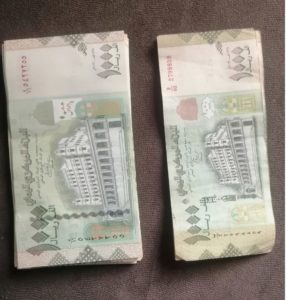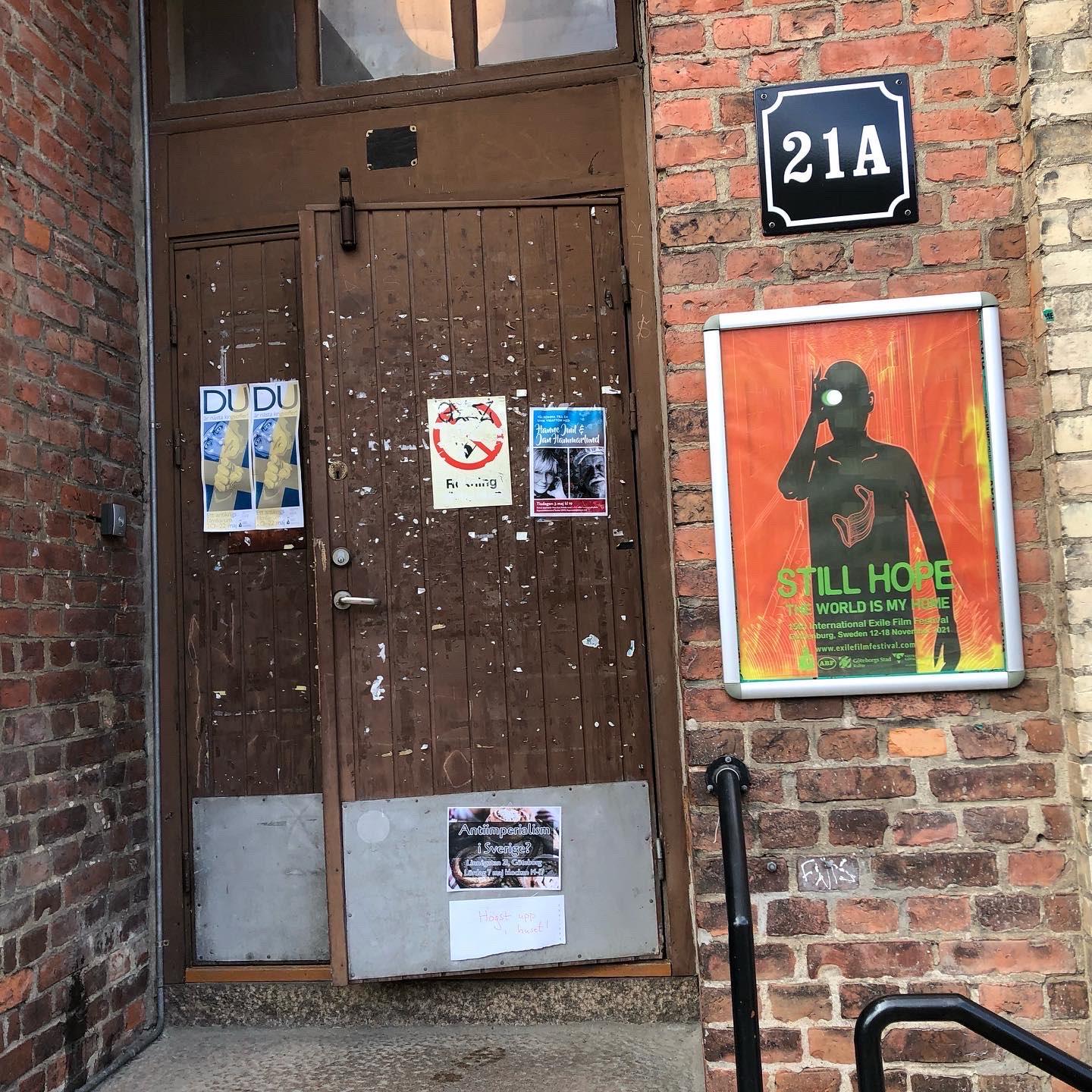1. Question: What is the legacy of the People’s Democratic Republic of Yemen and Marxism-Leninism in Yemen today?
Answer: After the British established the South Arabian federation, it faced strong opposition from both the population and the Sultans and sheikhdoms. Meanwhile, the NLF (National Liberation Front) made significant progress in Radfan, while FLOSY (Front for the Liberation of Occupied South Yemen) took action in Aden. When the British eventually withdrew, the two factions gradually eliminated the Abdali Sultanate in Lahj, the Quaiti Sultanate in Yafei, and later the Al Kathiri in Hadhramaut. This led to the establishment of South Yemen in 1967, under the leadership of Qahtan Al Shaabi.
Subsequently, the NLF, which had a predominantly Marxist ideology, took control of the government and formed the YSP (Yemeni Socialist Party). This party made remarkable strides in eradicating the remnants of tribal confederations and zealots, ultimately giving birth to the People’s Democratic Republic of Yemen. There are barely any remnants of the October Revolution or the Yemeni socialist party after the civil war of 1994 in which the party was purged by Ali Abdullah Saleh (North Yemen’s Saudi-backed dictator) and all of the assets were looted and monuments destroyed. However, now the YSP is divided into two factions: one loyal to the Saudi-led coalition which is mostly represented by democratic socialists, and another supportive of Ansarallah’s anti-imperialist policies.
Following the initial airstrikes on Sana’a, conducted by the US and UK military intervention, a significant portion of the population expressed support for Ansarallah’s campaign against US imperialism in our region, alongside solidarity with the Palestinian cause. Several tribal leaders have expressed their willingness to bear arms in order to protect our nation and its anti-imperialist mission, showing massive demonstrations in various regions.
The most effective approach to advocate for our cause involves mobilizing on the streets and amplifying our voices to Western governments, exposing the flaws in their democratic systems.
2. Question: What is your opinion on the recent conflict with the Zionist entity, and Yemen’s engagement?
Answer: Throughout history, the primary objective of various nationalist Arab movements has consistently been to counteract or eliminate Western imperialism, with the aim of safeguarding sovereignty. The continued existence of Israel is intricately tied to weakening Arab nationalist movements, as this facilitates Western influence in Arab countries. Consequently, Israel receives military, diplomatic, and political support to ensure the successful implementation of its colonial project. As a result, the Palestinian cause remains intertwined with every Arab nationalist movement, including historical Yemeni revolutions and more recent ones.
Over 8 years, Yemen has confronted a coalition of vassal states led by the US. The Yemeni population widely accepts this prolonged struggle of the Ansarallah movement, as they address the grievances of the people and stand in solidarity with Palestinians in the face of ongoing genocide. Moreover, their ability to confront the US directly showcases their determination to safeguard regional waters and establish sovereignty, aligning with the progressive Yemeni revolution that preceded them.
3. Question: How do you see the balance of forces against imperialism in the Middle East today?
Answer: The Axis of Resistance, with Iran’s support, is undoubtedly the primary force presently engaged in countering imperialism in the region. This coalition unites predominantly Shiite non-state and quasi-state factions, as well as secular groups like the Palestinian PFLP. These forces originate from Syria, Lebanon, Iraq, Palestine, and Yemen.
Ansarallah has made a firm commitment to persist with the blockade until their demands are fulfilled. Furthermore, they have pledged to retaliate against any escalation from the United States. The Yemeni armed forces have specified that the blockade is on any ships associated with Israel or bound for the port of Eilat. These ships are required to broadcast their destination to the Yemeni navy through radio communication. In the event that a vessel disregards a warning from the navy via maritime radio and proceeds with its journey, it will face the deployment of anti-ship ballistic missiles, with efforts made to minimize both material damage and casualties.
Up until now, the United States has carried out numerous airstrikes in different parts of Yemen, asserting that they have targeted military objectives. However, they have also released statements about striking Yemeni speedboats in the “Port of Dhamar” (despite Dhamar being a landlocked region). The Biden Administration has taken several diplomatic measures in response to the situation, including reclassifying Ansarallah as a terrorist organization, reducing funding for the UN World Food Programme, and denying visa entry to the “Houthis”.
Question: What is life in Yemen like now?
Answer: The Northern regions, currently governed by Ansarallah, are experiencing a significantly higher level of prosperity compared to the Southern regions. These Southern regions are under the control of both the Saudi-backed internationally recognized government and the UAE-backed secessionist government. One way to evaluate and compare the economic performance of these regions is by analyzing their respective currencies. The government in Aden (South Yemen) and the government in Sana’a (North Yemen) each issue slightly different currencies. In Aden, the exchange rate is 1 USD to 1600 YER, while in Sana’a, it is 1 USD to 537 YER. Recently, there was a strike in Aden’s banks to protest against the increasing prices, which took place three days ago.
News report:
عدن.إضراب محلات الصرافة رفضاً لانهيار العملة المحلية 21 رجب 1445هـ 01 فبراير 2024 نفذت عدد من محلات الصرافة، الساعات الماضية، إضرابا واسعاً في مدينة عدن الواقعة تحت سيطرة ميليشيات ابو ظبي ، تنديداً بانهيار العملة المحلية، جاء ذلك مع وصول سعر الدولار الواحد في مناطق سيطرة فصائل
(Translation: Aden. Exchange shops strike in rejection of the collapse of the local currency. Rajab 21, 1445 AH – February 1, 2024. In the past few hours, a number of money exchange shops carried out a large strike in the city of Aden, which is under the control of Abu Dhabi militias, to denounce the collapse of the local currency. This came with the arrival of the price of one dollar in areas of Faction control)
For reference:

Left: Rial in North Yemen (Ansar Allah) Right: Rial in South Yemen (UAE+)
However, both regions are facing a significant level of unemployment, with the UNDP estimating the poverty rate to be approximately 48.5 percent. Moreover, the frequency of electricity blackouts has reached an all-time high, compelling the population to rely on solar panels, power generators, and batteries to sustain their energy needs. In desperation, some individuals resort to illegally crossing the Saudi border in search of employment, often resulting in tragic fatalities. Numerous reports have emerged regarding the discovery of deceased illegal immigrants, who were unfortunately killed by the Saudi border patrol. Among the most distressing incidents is the uncovering of hundreds of Ethiopian migrant bodies on the Saudi border, accompanied by the testimonies of survivors who were interviewed by HRW. Even today, one can come across numerous skeletal remains of immigrants along the border.
- Question: What can anti-imperialists in the global North do?
Answer: Currently, the Palestinian population requires increased unity and representation to advocate for their rights. The oppressive foreign policy of the Empire must be challenged, as it is causing immense destruction in the region and perpetuating the genocide in Gaza.

Follow the comrades here: https://twitter.com/CommunistsYemen










